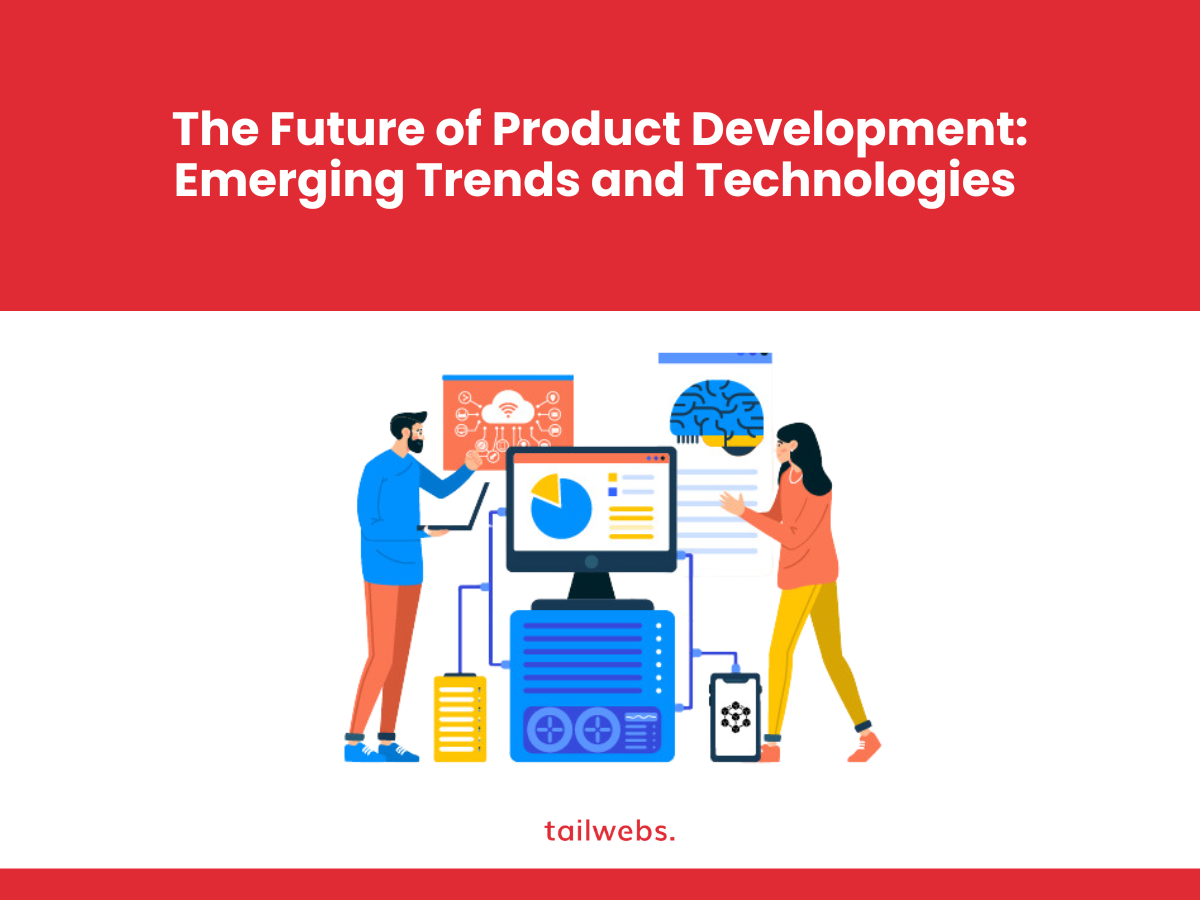The world of product development is a dynamic landscape, constantly evolving as new technologies and trends emerge. Today’s successful products must not only cater to present needs but also anticipate and adapt to the ever-shifting demands of tomorrow. So, what does the future hold for product development? Let’s delve into some of the most exciting trends and technologies shaping the landscape:
1. Artificial Intelligence (AI) and Machine Learning (ML):
AI and ML are no longer futuristic buzzwords; they’re actively changing the game. Think:
Smarter Products:
Imagine refrigerators that automatically reorder groceries, self-driving cars that personalise your commute, or clothing that adjusts to your body temperature. AI and ML are enabling products to become increasingly intelligent, autonomous, and adaptable.
Data-Driven Insights:
Product development has always relied on user data, but AI and ML take it to a whole new level. These technologies can analyse vast amounts of data to identify user patterns, predict future needs, and personalise product experiences like never before.
Enhanced Efficiency and Automation:
AI and ML can automate repetitive tasks, optimise production processes, and predict potential issues before they occur. This leads to faster development cycles, reduced costs, and improved product quality.
Recommended Image:
Futuristic illustration of a robot arm collaborating with a human hand on a sleek product design, representing the fusion of AI and human ingenuity.
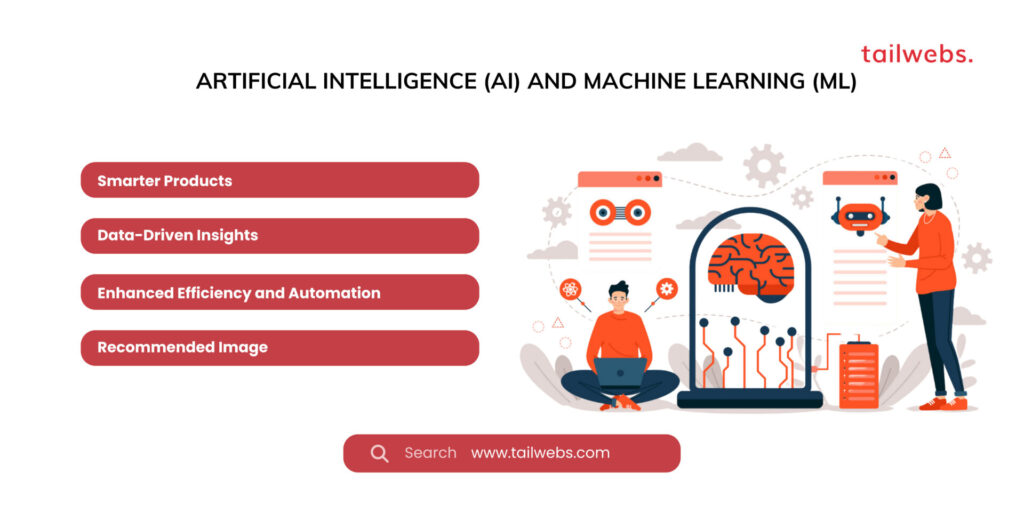
2. The Internet of Things (IoT):
The interconnected world of the IoT is revolutionising how we interact with devices and objects. Expect to see:
Hyper-connected Products:
From smart wearables to connected homes, products are becoming increasingly interconnected, sharing data and creating seamless user experiences. This opens up possibilities for remote monitoring, automated control, and personalised interactions.
Data-Powered Ecosystems:
The vast amount of data generated by IoT devices provides valuable insights for product development. By analysing this data, companies can create interconnected product ecosystems that offer a holistic user experience and continuously evolve based on real-world usage.
Security and Privacy Challenges:
With all this connectedness comes the challenge of ensuring data security and user privacy. Product developers need to prioritise robust security measures and transparent data practices to build trust with consumers.
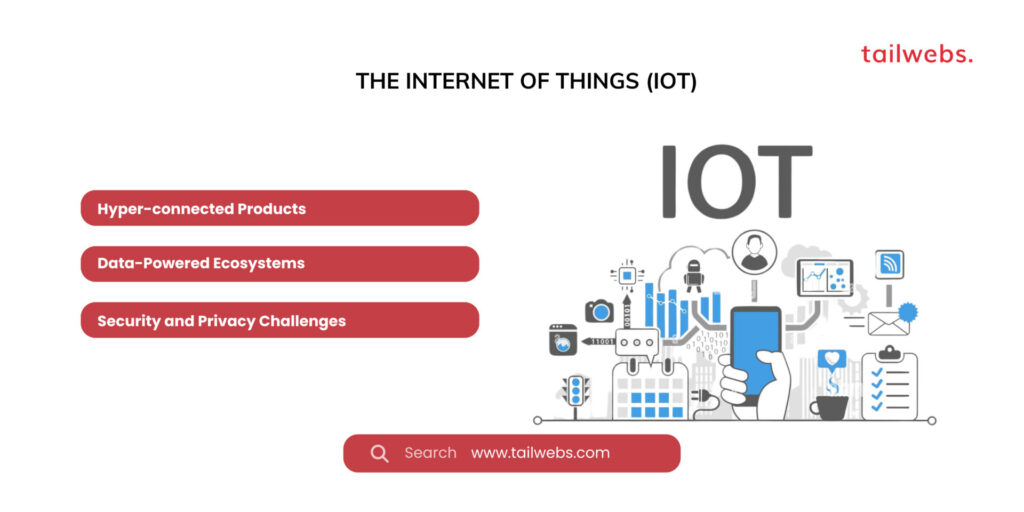
3. Augmented Reality (AR) and Virtual Reality (VR):
AR and VR are blurring the lines between the physical and digital worlds, with exciting implications for product development:
Enhanced Prototyping and Testing: AR and VR can create immersive prototypes and simulations, allowing developers to test and refine products before physical production even begins. This reduces time-to-market, improves product quality, and enables earlier user feedback.
Interactive Product Experiences: Imagine virtual showrooms where you can try on clothes before buying them or interactive user manuals that overlay
4. Democratisation of Product Development:
3D Printing and Digital Fabrication:
Ideas of life without relying on large manufacturing facilities. This trend also fosters open-source hardware communities and collaborative product development efforts.
Crowdfunding and Collaborative Platforms:
Crowdfunding platforms like Kickstarter and Indiegogo are helping entrepreneurs raise capital and validate their ideas directly from consumers. This removes traditional gatekeepers and allows innovative products to reach a wider audience.
Recommended Image:
A collage of diverse individuals working on their own inventions through low-code platforms, 3D printing, and crowdfunding websites, representing the democratisation of product development.
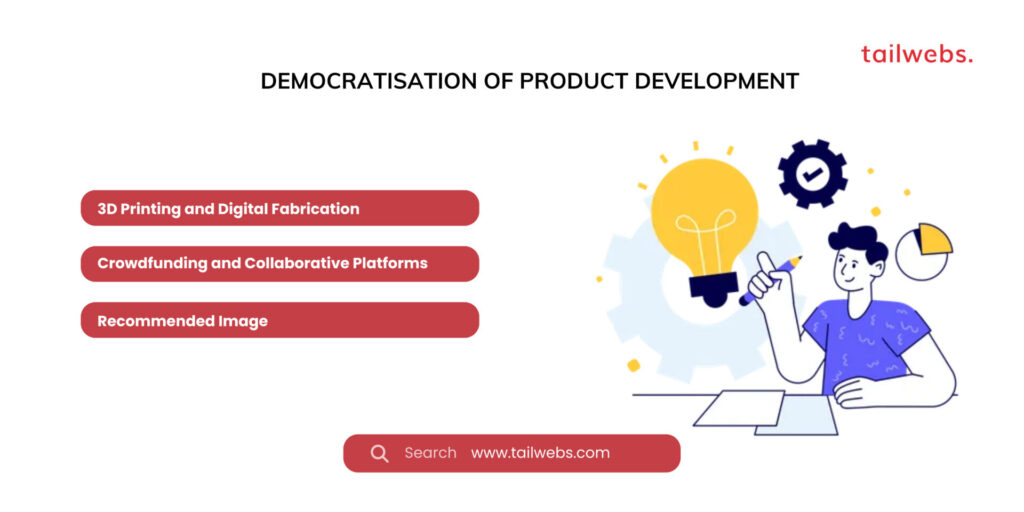
Beyond the Trends: Embracing a Human-Centric Future
Focusing on User-Centred Design:
No matter how sophisticated the technology, it’s crucial to remember that products are created for people. Product developers must prioritise user needs, understand their pain points, and design solutions that are not only technically impressive but also genuinely helpful and enjoyable to use.
Building Ethical Products:
As technology advances, ethical considerations become increasingly important. Product developers must prioritise responsible data practices, address potential biases in AI algorithms, and ensure their creations are accessible and inclusive for all users.
Nurturing Creativity and Innovation:
While technology can automate certain tasks, true innovation still requires human creativity. Companies need to foster a culture of creative thinking, experimentation, and open communication to develop products that truly address user needs and spark new possibilities.
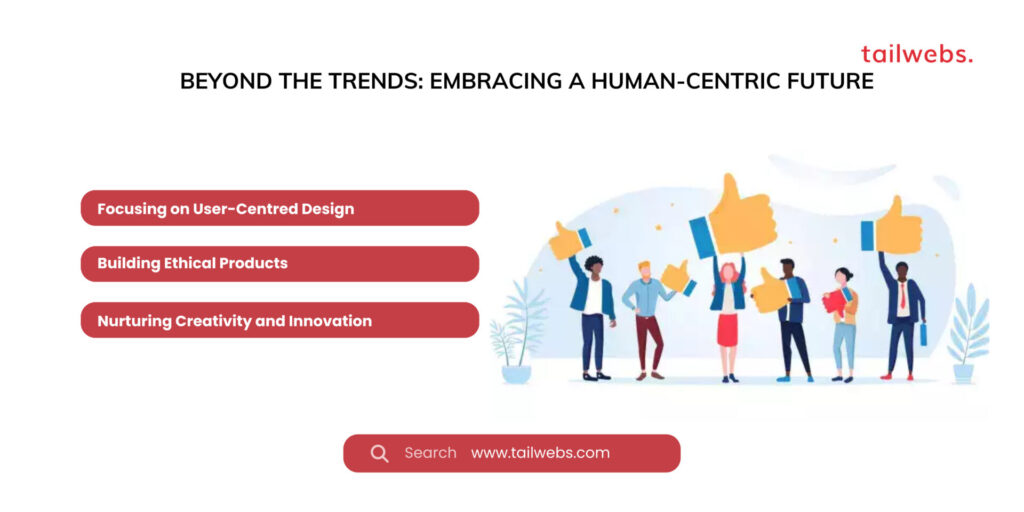
Conclusion: A Future of Endless Possibilities
The future of product development is brimming with potential, shaped by emerging trends and technologies that blur the lines between the physical and the digital, redefine our relationship with products, and democratise the innovation process. However, navigating this exciting landscape requires us to keep human needs at the centre, prioritise ethical considerations, and embrace a spirit of creativity and collaboration. By doing so, we can design products that not only solve problems but also enrich our lives, inspire wonder, and shape a better future for all.

